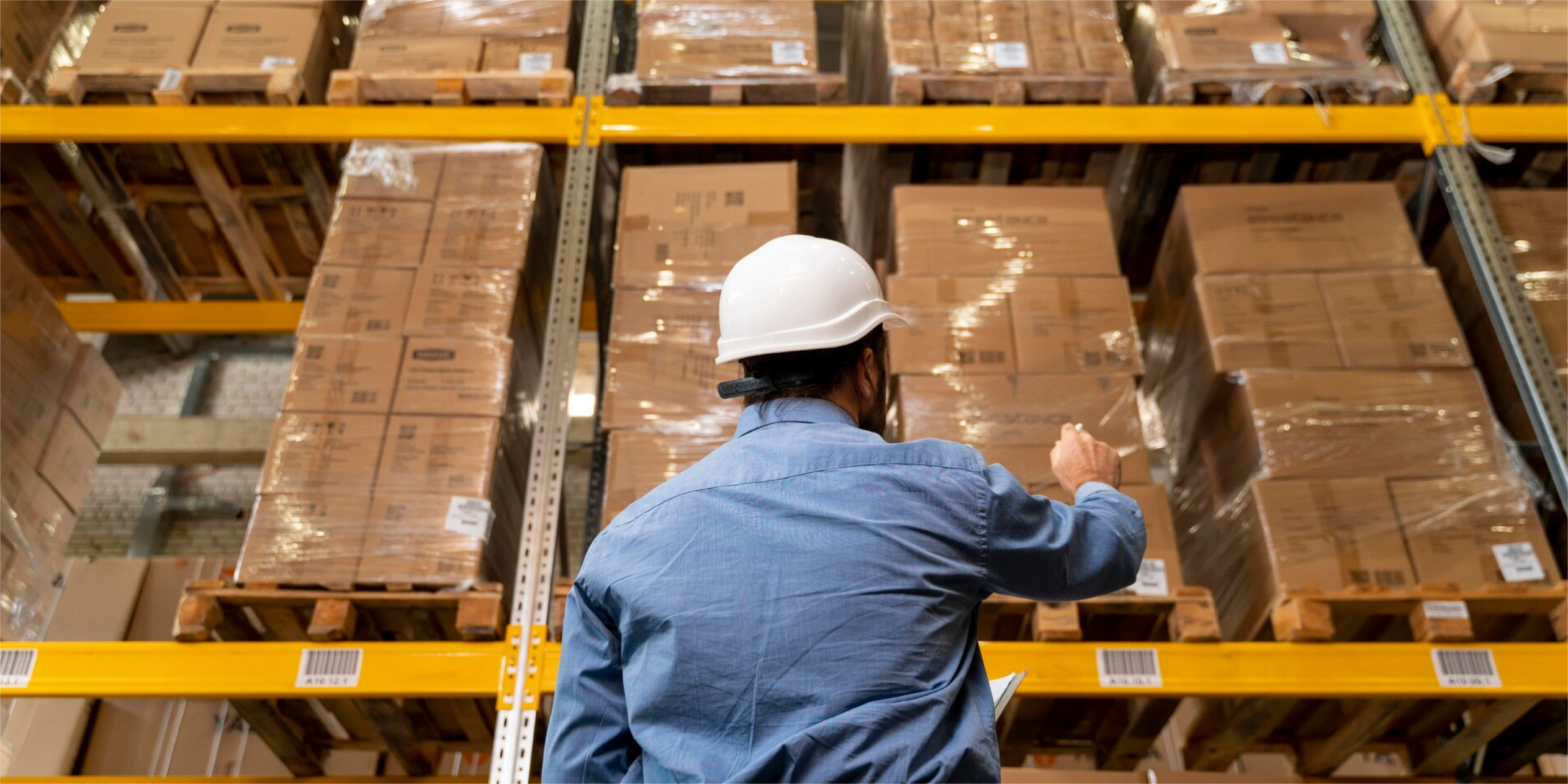As the coronavirus pandemic grows, companies throughout the world have increased their response capabilities and have taken extraordinary measures to deliver their products and meet the new consumer habits.
These changes have affected sales: on one hand, sales of essential products like food and personal hygiene and home products have skyrocketed; on the other hand, sales of non-essential products like clothes and furniture have decreased.
Manufacturers, distributors, retailers, and logistics companies have joined forces to implement emergency policies that meet the growing demand and help avoid shortages.
Stages of consumer behavior during the pandemic
Nielsen has identified six stages in consumer behavior causally related to concerns over the coronavirus outbreak:
- Proactively purchasing health related goods
- Managing health in a reactive manner
- Filling the pantry
- Getting ready for a life in quarantine
- Living life with restrictions
- Living a normal life
Every region is different, but we can see that the United States, Brazil, Colombia, and Mexico are in stage 4; people go to supermarkets to buy the necessary products to live under quarantine. In the short term, this is pushing consumer goods industries, and their distributors, to have greater movement than normal.
Current Situation
Consumption patterns are changing as the virus spreads around the globe, particularly those related to how we buy products and stash them during the quarantine:
- Because of the social distancing rules implemented by governments, most clients are buying in nearby stores to avoid crowds.
- To avoid personal contact, many clients are taking advantage of alternate delivery methods, such as store pick-up or home delivery.
- People are requesting brands to contribute ideas to solve daily needs; for example, keep prices low and offer promotions.
- Because people are spending more time at home, the way they use mass media like TV and radio to access information and entertainment has changed. Likewise, streaming services and social media have reached an increasingly more relevant status.
In its financial predictions, JP Morgan foresees the coronavirus pandemic to cause an abrupt decline of global, regional, and local GDP. A fall of 1.2% is expected for Latin America during the first quarter of 2020; a fall of 11.6% for the second quarter; and an accumulated yearly decline of 1.2%. In addition, JP Morgan acknowledges that the strongest brands will rebound nine times faster following a crisis and that companies that use technology as a vehicle to boost connectivity with clients will gain relevance.
How to meet demands in times of crises?
McKinsey & Company recommends taking these actions in the supply chain to meet the needs of clients during the Covid-19 pandemic:
In terms of suppliers:
- Set up daily conferences with strategic suppliers.
- Restrict the assortment of products.
- Lower the requirements of time, compliance, and payment terms for main suppliers.
- Mitigate the risk of existing orders in collaboration with suppliers.
In terms of merchandise:
- Go over the purchasing plans and relocate staff in the categories showing high demand.
- Annul algorithms to redirect the high-density stock.
- Lower the short-term purchasing plans to conserve cash.
- Anticipate future spikes in sales and adjust them to plans.
In terms of distribution:
- Train employees and relocate them to the areas showing high demand at distribution centers.
- Maintain good hygiene levels at the workspace.
In terms of logistics:
- Assign greater transport capacity to high-demand goods.
- Make suppliers deliver directly at stores.
- Place products in strategic stores to feed smaller stores.
- Offer transport capacity if the private fleet is available to support the transportation of critical products.
In terms of deliveries:
- Offer flexibility for same-day and next-day delivery requirements.
- Optimize routes and propose more delivery spots.
- Widen delivery and return options.
Beyond weaknesses, crises such as the one we are currently experiencing reveal the flexibility of supply chains and their ability to work under pressure. They also show clearly that current networks are designed to adapt to natural disasters or to seasonal manufacturing peaks; for example, the global network of supermarkets is starting to recover from the initial shock, even in the countries where the virus hit harder.
To adapt to today’s demand patterns, companies are updating every stage of their supply chains, from purchasing to customer service.
Brands are forced to change as buyers evolve. Understanding this, and grasping the current situation, is essential for survival. Monitoring the behavior of consumers is fundamental for anticipating their concerns and needs.
By using innovative solutions, logistics companies like Solistica make sure clients can buy the products they need and help both employees and clients stay healthy and safe.






